15 Wild Dog Species That Rival Wolves In Uniqueness

Wolves have long fascinated humans with their intelligence and complex social structures. As apex predators, they display extraordinary teamwork and an outstanding ability to thrive in diverse environments. However, they are not the only wild canids with remarkable adaptations. Across the globe, several other wild dog species rival wolves in uniqueness. Let’s consider 15 of these.
African Wild Dog (Lycaon pictus)
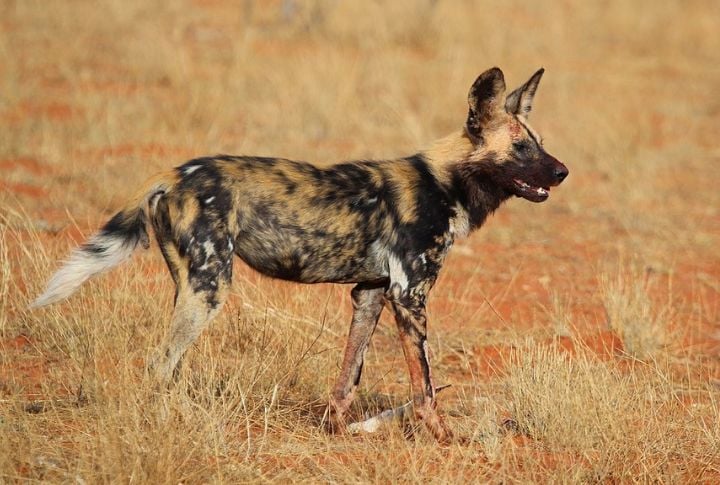
Popularly called the painted wolf, the African wild dog is known for its colorful, patchy coat and large, rounded ears. Unlike other canids, it has only four toes per foot and lacks the dewclaw. These social animals live in packs with strong bonds, often displaying altruistic behaviors. Like wolves, they are efficient hunters.
Dhole (Cuon alpinus)
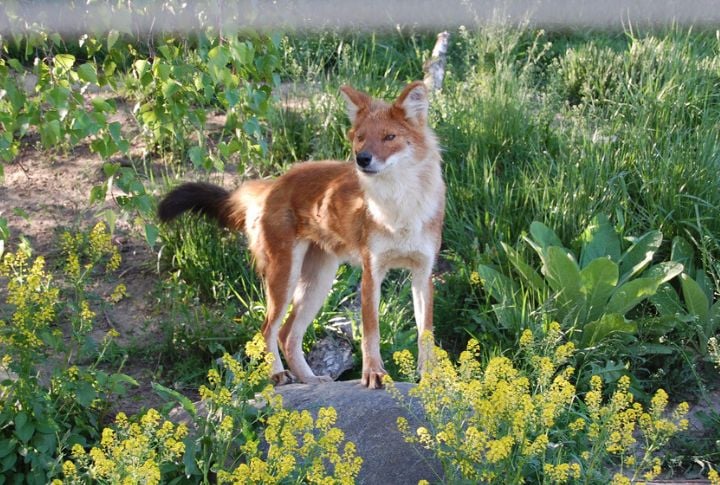
The Dhole is a social and vocal canid known for its whistles, which it uses to communicate during hunts. It has a unique dentition, with one fewer molar on each side of the lower jaw than other canids. Dholes are exceptional jumpers and swimmers. They primarily prey on medium to large ungulates, often employing complex hunting tactics.
Maned Wolf (Chrysocyon brachyurus)
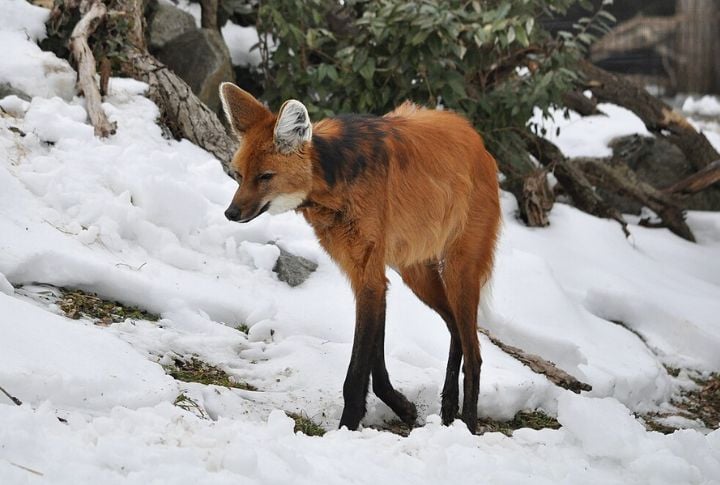
As the tallest of wild dogs, the maned wolf possesses long legs adapted for traversing the grasses. Despite its name, it is neither a true wolf nor a fox but represents a unique genus. Its diet is omnivorous, with a significant portion consisting of fruits like the wolf apple, aiding parasite control.
Ethiopian Wolf (Canis simensis)

This species is Africa’s most endangered carnivore. Unlike other wolves, it has a slender build and a reddish coat. The Ethiopian Wolf is a specialized feeder, subsisting primarily of Afroalpine rodents. Recent observations have documented Ethiopian wolves consuming nectar from local flowers. However, disease outbreaks, like rabies and canine distemper, have impacted their populations.
Bush Dog (Speothos venaticus)

These are small, stocky canines with webbed feet used for swimming. They are highly social, living in packs that coordinate to hunt larger prey such as peccaries. Bush dogs have a distinctive, strong odor, which they use for marking territories and communication. Due to their elusive nature and dense habitats, they are rarely seen.
Raccoon Dog (Nyctereutes procyonoides)

The raccoon dog gets its name from its facial markings, which resemble those of a raccoon. As excellent climbers, they can scale trees to forage or escape predators. Additionally, they are the only canid species known to hibernate. Interestingly, they are monogamous, with pairs often remaining together for life.
Coyote (Canis latrans)
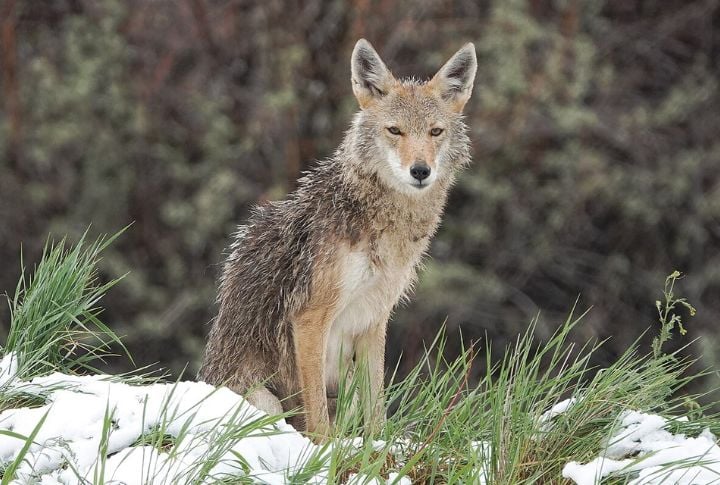
Over the years, coyotes have expanded their range across North and Central America. Intelligent and versatile, they feed on small mammals, fruits, and even human refuse. Coyotes communicate using different vocalizations, including howls, yips, and barks, often engaging in group choruses at night. Despite being hunted and trapped, coyote populations continue to grow.
Golden Jackal (Canis aureus)
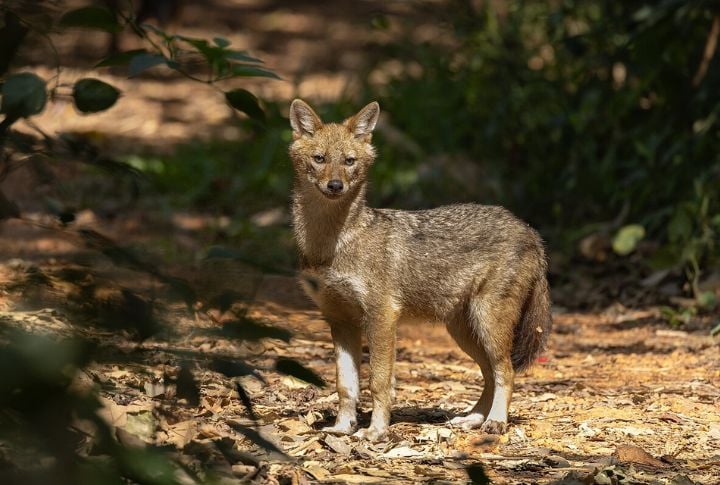
These wild dogs are found in Europe, Asia, and North Africa. Golden jackals are highly adaptable omnivores and often form monogamous pairs that aggressively defend their territories. In some cases, these wild dogs have been observed scavenging alongside larger predators and even following tigers to feed on leftovers.
Black-Backed Jackal (Canis mesomelas)
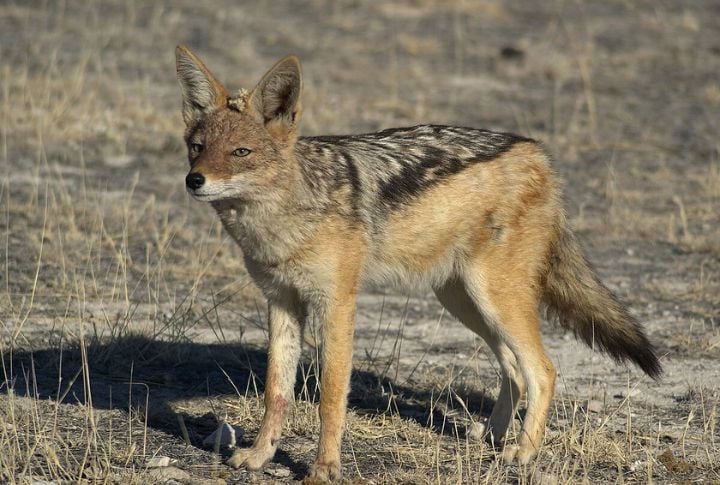
The black-backed jackal has a distinct black saddle marking on its back. Also monogamous and territorial, jackal pairs often mark boundaries with feces and urine. They are opportunistic feeders and consume a diet including insects, small mammals, fruits, and carrion. Their adaptability has allowed them to thrive in various habitats.
Side-Striped Jackal (Canis adustus)
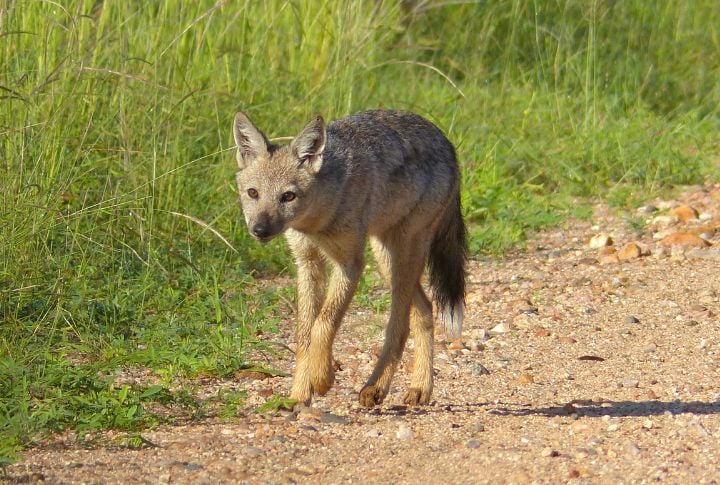
Central and southern Africa regions have been home to the side-striped jackal. This wild dog is less aggressive and more reclusive than its black-backed counterpart. White stripes running along their flanks and a white tip on the tail easily distinguish them from other dogs. Primarily nocturnal, they have a varied diet that includes fruits and small animals.
Corsac Fox (Vulpes corsac)

Though called a fox, the corsac fox is closely related to other wild canids and thrives in the deserts of Central Asia. Its thick, soft coat provides insulation against extreme cold, making it well-adapted to harsh environments. Corsac foxes are more social, sometimes forming small family groups for hunting.
Tibetan Fox (Vulpes ferrilata)

Known for its unique, square-shaped face, the Tibetan has dense fur, which protects against cold temperatures. These animals are specialist hunters, and the majority of their diet consists of plateau pikas. As slow runners, they rely more on patience and stealth to track down prey.
Hoary Fox (Lycalopex vetulus)

The hoary fox is a lesser-known wild canid with a slender build and distinctive grizzled fur. It eats insects, especially termites and beetles, though it occasionally eats small vertebrates. This wild dog is a nocturnal and solitary hunter, and despite its adaptability, it faces threats from habitat loss due to agricultural expansion.
Short-Eared Dog (Atelocynus microtis)
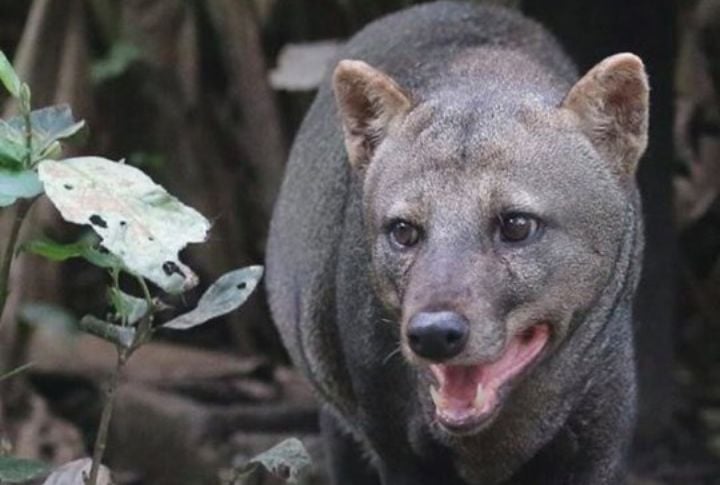
One of the most mysterious wild canids, the short-eared dog is native to the Amazon and is rarely seen in the wild. Its slender body, short legs, and rounded ears give the animal a unique appearance. While most dogs rarely swim, this dog is a proficient swimmer, often hunting for fish and amphibians in rivers.
Island Fox (Urocyon littoralis)
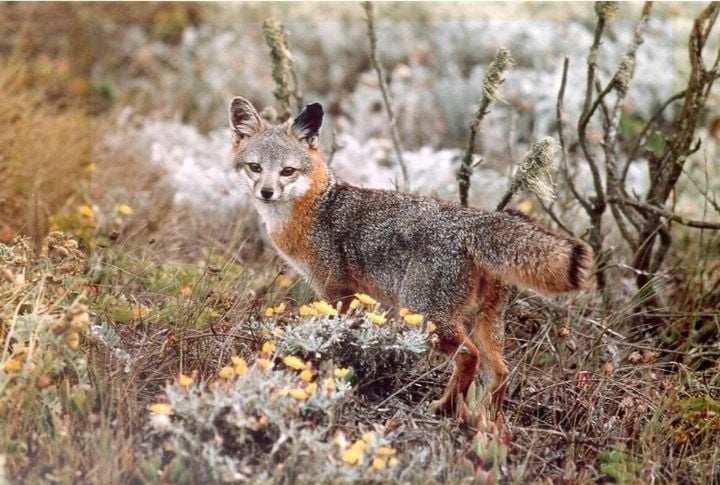
Island foxes are found only on the Channel Islands off the coast of California. As one of the smallest canids in the world, they evolved from gray foxes and adapted to island life. This led to the development of distinct subspecies on each island. Due to their isolated habitat, island foxes have few natural predators.






